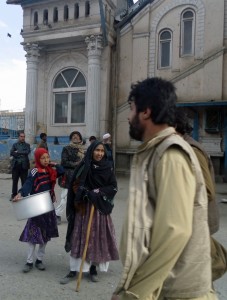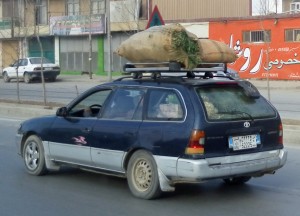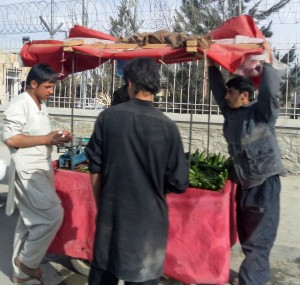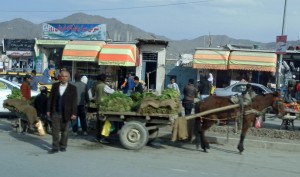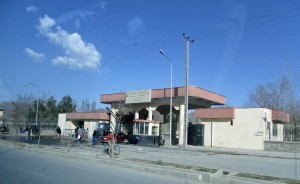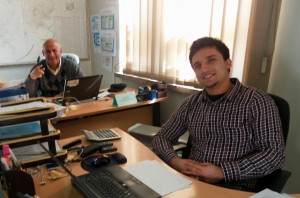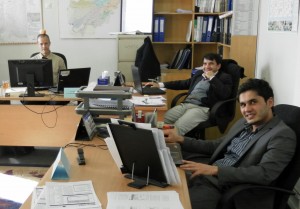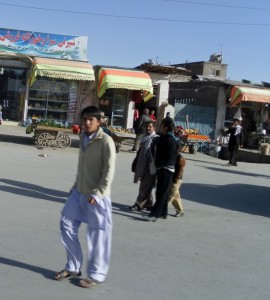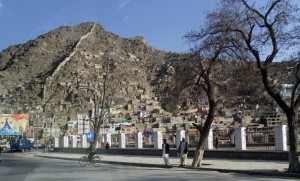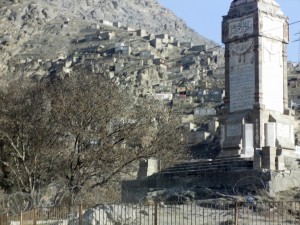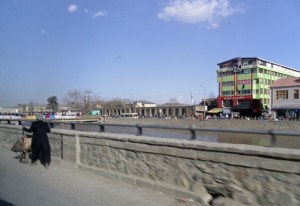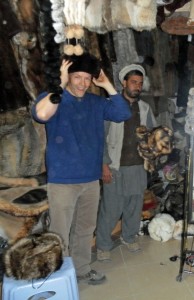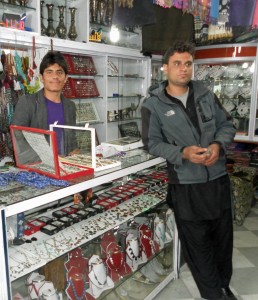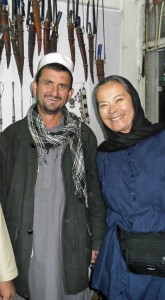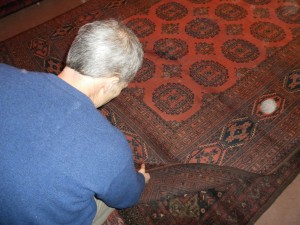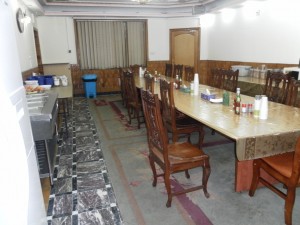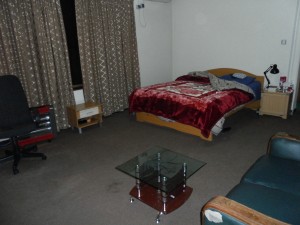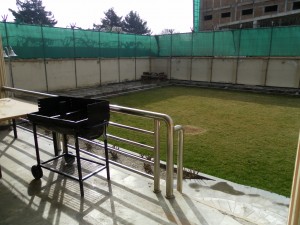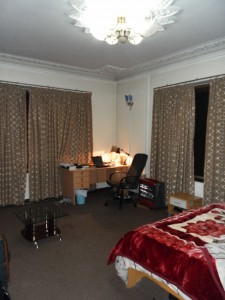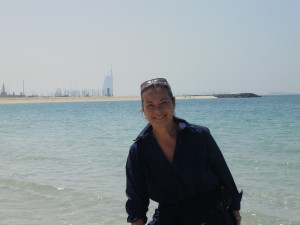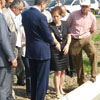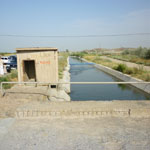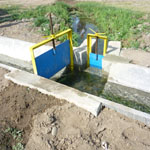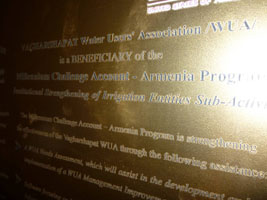Safi Airlines required me to arrive at the Dubai airport 3 hours before my flight today leaving at noon–time to do additional reading in preparation for my governance and public administration facilitation! The flight from Dubai to Kabul was a little over 2 hours and now I’m another half hour time zone distant from Portland, Oregon–a total of 12 1/2 hours now ahead of Scott and Schroeder Law Offices Portland team.
There was a moment of hesitation as I boarded the plane today, thinking about what I was exactly preparing myself to do: Fly to Kabul, Afghanistan! Luckily, I didn’t miss a step. Unexpectedly, the flight was closer to the ground than I expected so I saw the desert landscape along the way. As we approached Kabul for landing, the snow covered mountains surrounding Kabul were amazingly picturesque. The “drop” into Kabul not as dramatic as expected.
“Pilgrims” security team met me at the airport. Inside Ahmad Shah greeted me just past passport inspection. The Kabul airport does not look that much different that Moscow’s airport looked in 1995 or so when I was there: dark with a lot of metal and marble floors! Ahmad Shaw helped me complete my registration card, and move the rest of the way through the arrival process inside the airport.
Once we left the airport, the sun was shining–a very pleasant day here, weather wise. Crisp air—a few piles of snow in dark corners. Wondered why I bothered bringing my Armenian down winter coat?
Walking me quickly across the parking lot, Ahmad Shah, delivered and quickly loaded me into the armored Humvee where Steven took over. Steven showed me the emergency procedures–including the panic button that was between he and the driver in the front seat. I sat behind him, a real body guard! Leaving the airport gates in the Humvee, Steven jumped out to retrieve his pistol which he was required to leave with the airport guards on entering. It took us about 20 minutes to arrive at the EQUALS compound where the security team gave me a tour and further briefing. They have procedures fine tuned for any kind of emergency including fire and earthquake. In security ops, there is a wall of screens monitoring the entire perimeter of the compound with 3 or more men watching the screens.
Following the security briefing, I met my long time family friend and expert hydrologist, Azad Mohammadi, who gave me a status of class preparations, dates, and other relevant details. He took me to dinner at the “mess hall” where shrimp, lasagna, and another dish with assorted vegetable sides were laid out. Nice to have meals together and meet all the people here working in the IRD project. They have already invited me to play basketball, use the workout rooms (they have two), go bowling (yes in Kabul) and visit some shops—either with a body guard or with their approval, of course!
Glen Hearns, my supervisor on this mission, ate dinner with Azad and I advising us of the likely class size and potential learning structures. After dinner, Glenn and I talked longer about my work. Looks like the class with start Sunday or Monday with combined governance and public administration topics.
My apartment comes directly off the mess hall and common lounge area. It is very, very similar to the apartment I used at PA Consulting in Armenia. In fact, Kabul reminds me of Armenia with the marginal streets (paved on the main and unpaved every where else), garbage piled up in corners, half empty cement apartment buildings, open air shops sitting along the highway, and unfortunately the sad fact of war and poverty, people begging in and along the streets.
What wasn”t the same as Armenia, was all the security both up and down the street and at/in out compound. It sounds like tomorrow may involve a visit to the Ministry of Energy and Water which is where are official office site is located!
